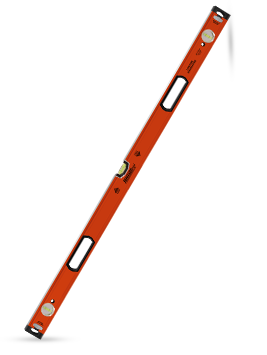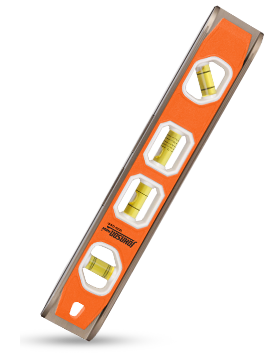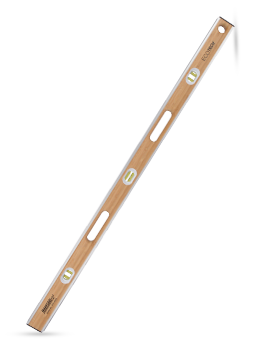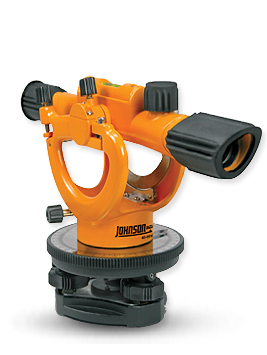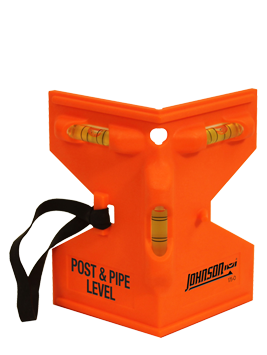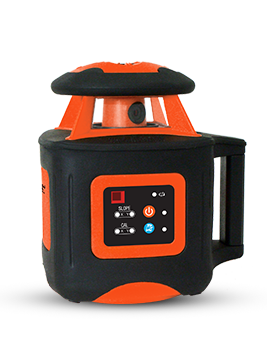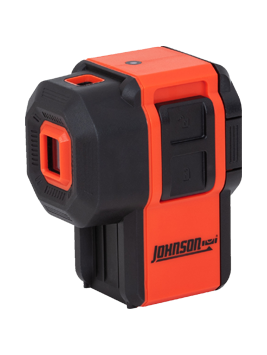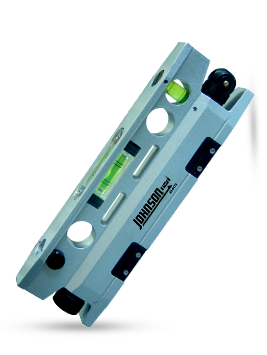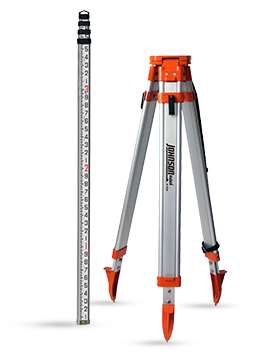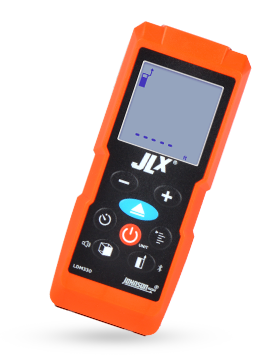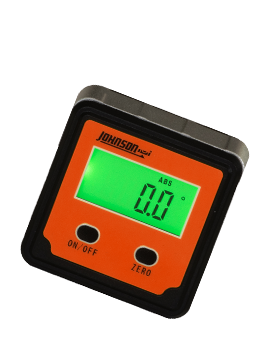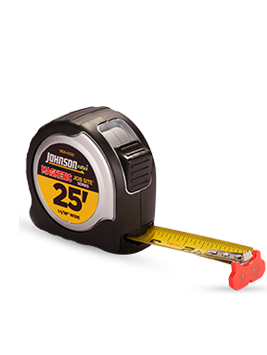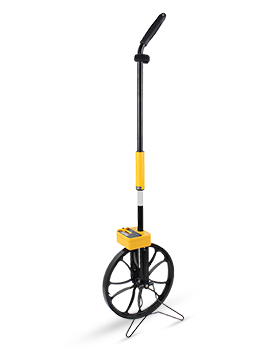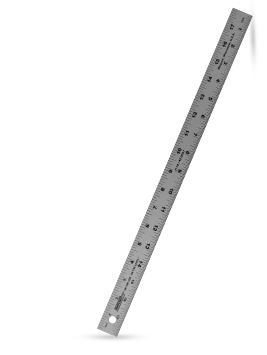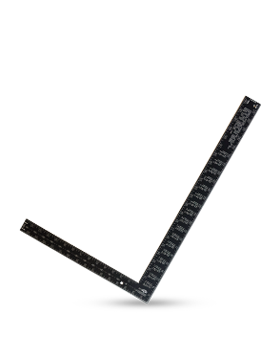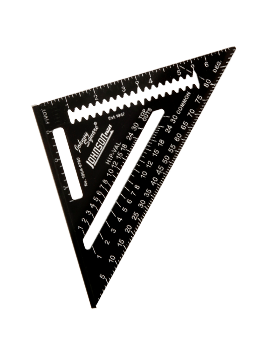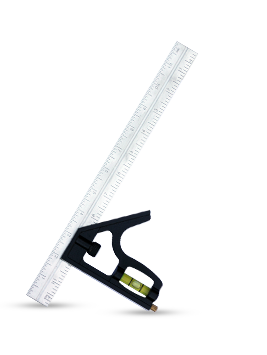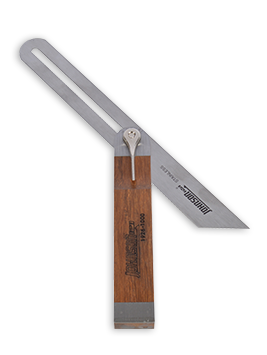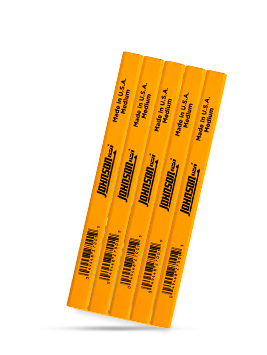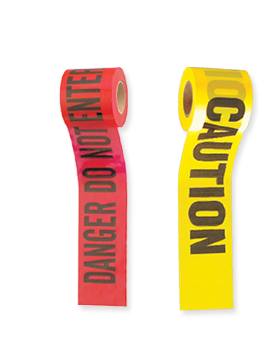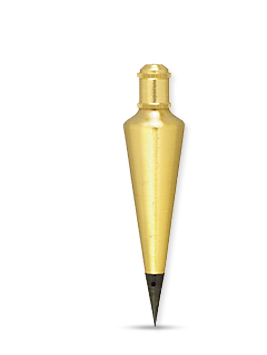Construction Laser Levels Explained
With the large selection of construction lasers available these days, it can be a tough job just shopping and deciding on a model to purchase. The task of researching the various models is more than most people want to deal with or have the time to spend.
We will attempt to explain which features do what and which product best fits your needs. Basically speaking, the first thing you should do is figure out what jobs you plan to accomplish with your laser. Do you intend to work only indoors, only outdoors, or both? Do you want to install pipe underground, chair rails in a dining room, fence posts, and construction site grading? These are the questions that will define the features you will want to look for and buy.
What are construction lasers used for you ask?
They are used in a variety of jobs where layout is performed and an accurate, level reference is needed. Jobs such as, installing ceiling tiles, installing chair railings in a dining room, installing receptacles for power within a home under construction. Some tasks are small, such as hanging pictures in a level fashion across a living room wall. Some tasks are large, such as installing sewer pipe or handling a site grading plan for a new building.
Indoor Applications of Laser Levels
- Align and plumb your walls
- Leveling floors
- Attach your laser to a wall or ceiling mount for easy drop ceiling installation
- Easily check door or window heights
- Installing drop ceilings
- Install chair rails and wainscoting in your home
- Align shelves, cabinets and trim
- Use a tripod for easy installation and alignment of cabinets, chair rails, etc
Outdoor Applications of Laser Levels
- Any type of basic surveys
- Lasers easily check and level posts and beams on decks, fences and porches
- Masonry alignment
- Site layout
- Easily check land elevations
- Lasers with a slope capability can set grade for proper drainage and irrigation
- Align fences, posts and decks
- Establishing grades
- Contour farming or drainage
First, let’s discuss the basic models. The following levels emit their lasers in various ways.
Plumb or Dot Lasers
These lasers produce a single or multiple dot of reference on the wall or work surface. They work much like a reference point, or a laser plumb bob.
Line Level Lasers (Also known as Laser Line Generators)
Another type is one that emits a level line on the wall in a single line, or a cross-hair type of fashion. Typically, these types only emit level lines in one direction and onto a single wall or workspace. These are typically used indoors, and are usually small hand-held types of lasers either positioned on a ladder, saw horse, desk, etc, or mounted to a light-weight jamb-pole or laser platform that extends from floor to ceiling.
Rotary Level Lasers
 Then, the other type is a rotary laser, which emits a level line in a rotary fashion. Rotary lasers typically emit a level line around the entire room in 360 degrees. Rotary Lasers are usually a little larger and are mounted on sturdy surveying tripods. Some Rotary Laser Levels can be laid over on their side, using an optional trivet that allows them to project on a vertical plane when used in this manner. The rotation of a single laser makes the human eye think its seeing a line around the room. Hence the name, Rotary Laser. Most all Rotary Lasers work well inside, but if you want to work outside, you’ll need to make sure you have a laser detector, also known as a laser receiver. This is because the human eye cannot see the laser outside in daylight no more than several feet. More is mentioned below in this article about Laser Detectors.
Then, the other type is a rotary laser, which emits a level line in a rotary fashion. Rotary lasers typically emit a level line around the entire room in 360 degrees. Rotary Lasers are usually a little larger and are mounted on sturdy surveying tripods. Some Rotary Laser Levels can be laid over on their side, using an optional trivet that allows them to project on a vertical plane when used in this manner. The rotation of a single laser makes the human eye think its seeing a line around the room. Hence the name, Rotary Laser. Most all Rotary Lasers work well inside, but if you want to work outside, you’ll need to make sure you have a laser detector, also known as a laser receiver. This is because the human eye cannot see the laser outside in daylight no more than several feet. More is mentioned below in this article about Laser Detectors.
With the above explanation of how the lasers emit their lines or points, now lets dive into varying types or features of laser levels.
Manual-Leveling Lasers
A manual leveling laser requires the operator to manually level the unit by turning the unit’s thumbs screws and getting the unit leveled by looking at the bubble vials.
Self-Leveling and Automatic-Leveling Lasers
A self-leveling laser automatically finds and maintains a level within a specified range. Some lasers have a bubble vial and you perform rough leveling and then the laser itself will take over and do the fine leveling. Or, some you get the laser set up and somewhat close to being level, and then the laser will level itself. And, many self or auto-leveling laser levels will continue to level itself if the setup or platform becomes jarred accidentally. And, many times they will shut themselves off if they get out of level by say 3% or 5% in an attempt to stop you from using the beam as a reference. Also, you should note that some lasers advertise themselves to be Automatic-Leveling. Please be aware that the terms self-leveling and automatic-leveling can mean different things. The terms "self leveling" and "automatic leveling" tend to conflict one another if you're new to laser terminology. Most Self-Leveling Lasers have an internal Pendulum that does the leveling. And some that are called Automatic-Leveling Lasers have electronic servo motors that do all of the leveling for you. We recommend taking the time to read, ask, and learn the differences once you have narrowed down a few lasers when making your decision.
Horizontal Lasers
A horizontal beam laser will only emit a single beam from its beacon.
Dual-Beam Lasers: (also known as Split-Beam Lasers)
These types of laser levels emit both horizontal and vertical beams to establish both level and plumb reference lines. Please note that the term of Dual-Beam really just means that the laser is able to produce its regular plane and produce a reference point. In vertical application the reference point is used to establish a 90 degree.
Laser Detectors (Laser Receivers)
Also, an integral part of using a Rotary Level Laser is a laser detector. Laser detectors are also known as laser receivers. Laser Detectors typically mount to level rods and work to detect the laser beam when you’re working outside. Most always, a laser detector is required if you’re working outside with a laser level since a laser line is difficult to see during the daytime hours. Most detectors produce sound, a short beep when you’re close to being on level, and then a steady, solid beep tone when you’re at level. Laser Detectors can shorten the amount of time needed when trying to find the level beam and get on level. Most Detectors have a visual and audible alarm. The visual is usually a LCD screen and the audible is a beeping noise that beeps faster and faster the closer you gets to being on level. When you do get on level, a solid beep sounds alerting you that you’re now on level.
Fixed versus Variable Rotation Speeds of Rotary Lasers
Rotary lasers come with either a fixed rotation speed, or a variable rotation speed. The fixed are typically only used for exterior work, and the variable work well for both interior and exterior. When outside, you’ll need to have a faster rotation which enables the laser detector to pick the laser line up at longer distances. The faster the rotation, the harder it is for a human eye to see it, but the laser detectors work better with faster rotations. When working with your laser indoors, a slower rotation is better since it allows the laser to be brighter and easier to see. You’ll want to set the rotation slow enough to where it is just fast enough to be considered a solid line on the wall.
 The laser levels we just discussed are available with varying features. These features may include variable rotation speeds, beam scanning, grade capability, remote controls, rechargeable battery packs, AC chargers and more. Attachments may include a wall/ceiling mount laser platforms, detectors, and trivets for mounting a laser on its side for interior work. We recommend you take the time to decide on which jobs or tasks you plan to accomplish while using a laser level. Possibly take the time to write these down on paper, then start your search.
The laser levels we just discussed are available with varying features. These features may include variable rotation speeds, beam scanning, grade capability, remote controls, rechargeable battery packs, AC chargers and more. Attachments may include a wall/ceiling mount laser platforms, detectors, and trivets for mounting a laser on its side for interior work. We recommend you take the time to decide on which jobs or tasks you plan to accomplish while using a laser level. Possibly take the time to write these down on paper, then start your search.
We recommend you take the time to review the varying types of laser level specifications such as the range the laser will emit and accuracy specifications. Working with a construction laser level can save you time and labor while increasing your accuracy. Many setups allow a person to work alone when using a detector on a leveling rod instead of a two-person job with a regular (non-laser) level.
We hope that our document about Construction Laser Levels has helped you learn a bit about them and how they work. And, hopefully you’re now off to a good start at selecting the right laser level for you.
Copyright 2006 EngineerSupply.com

